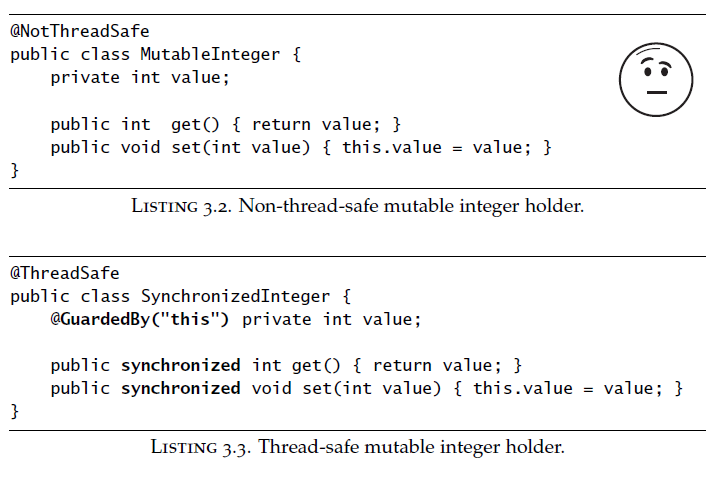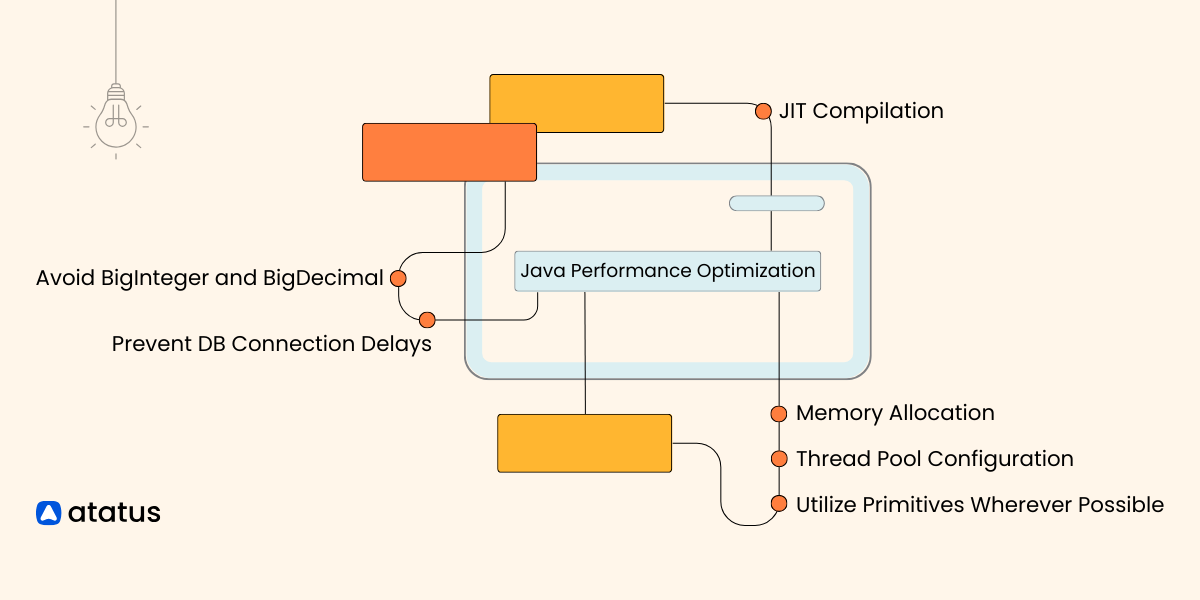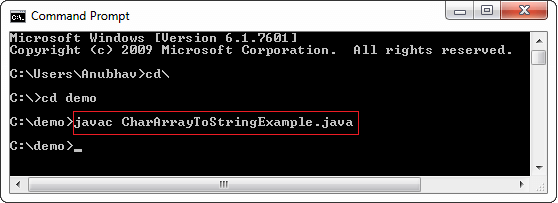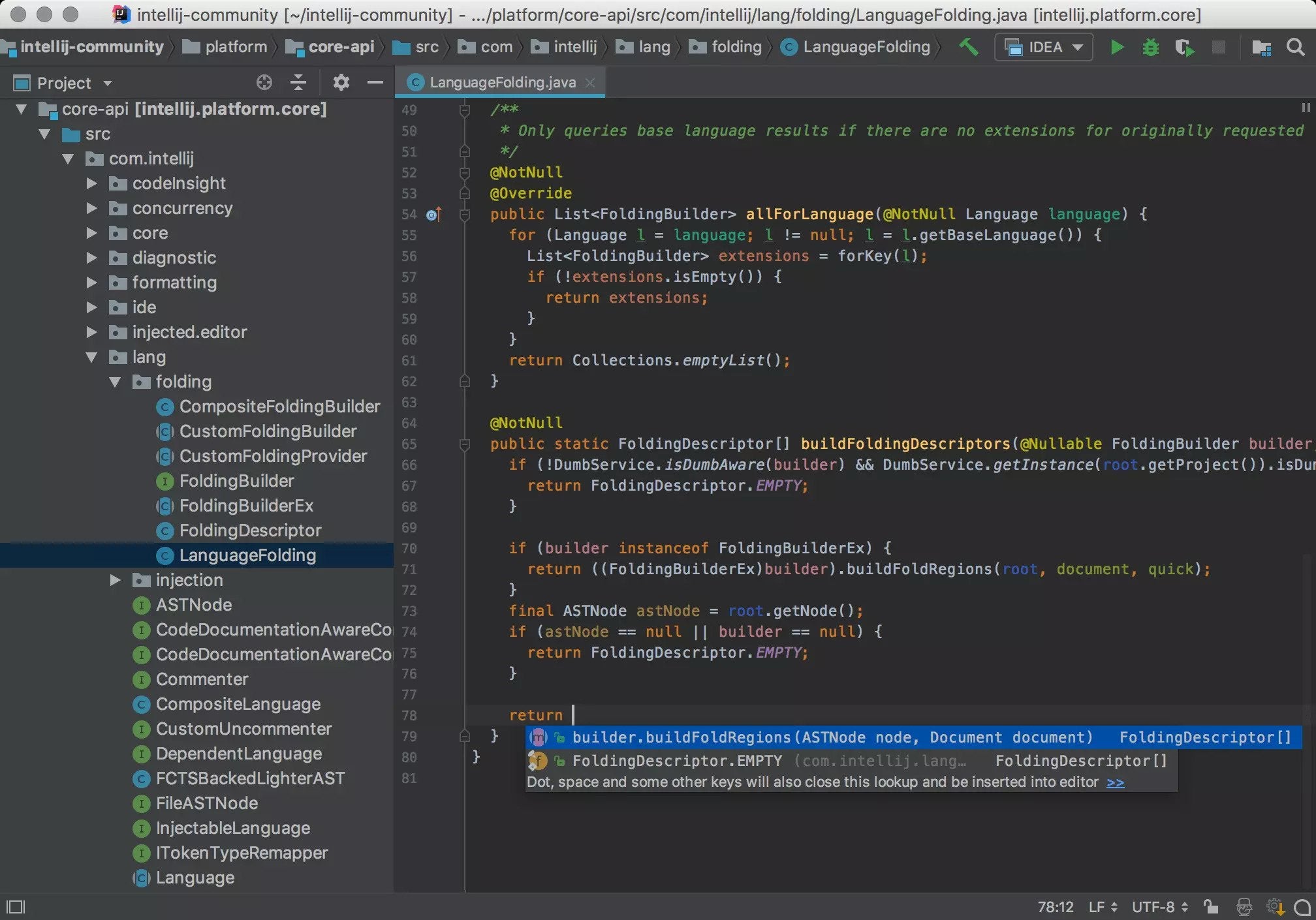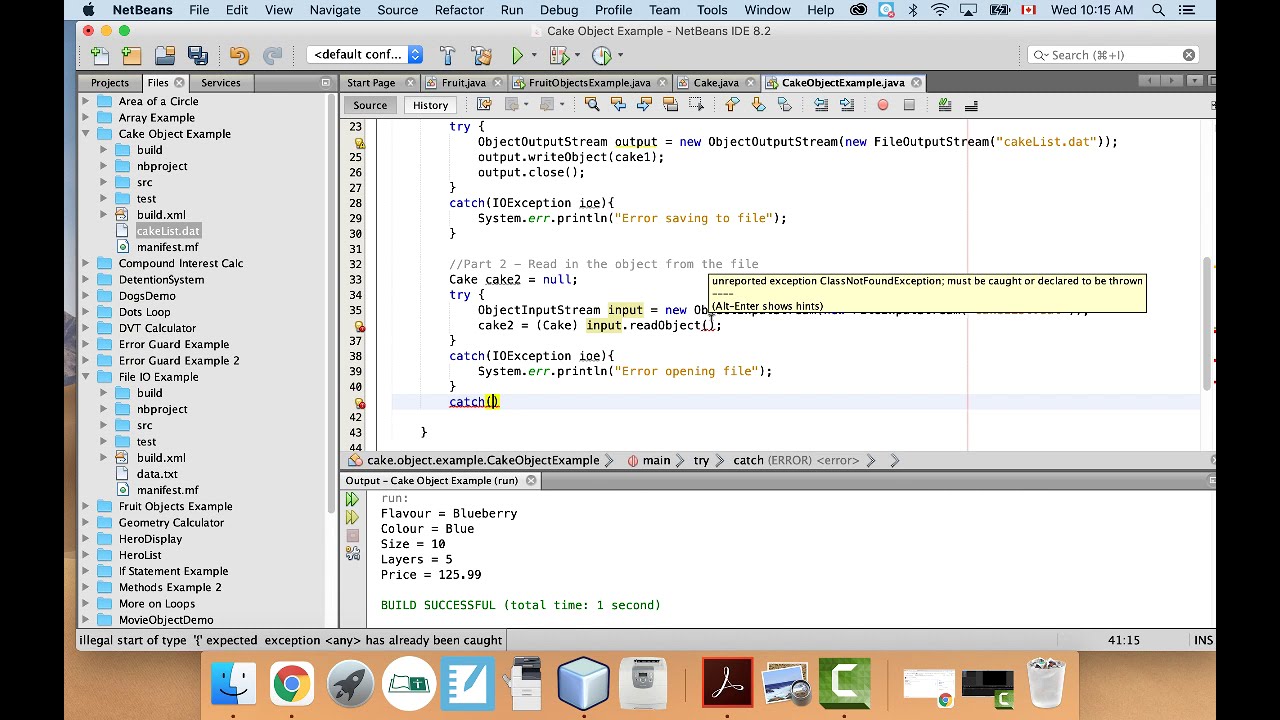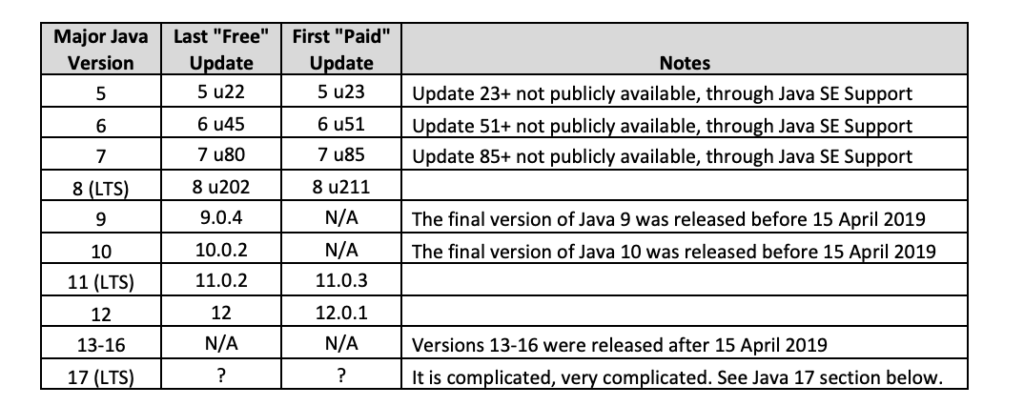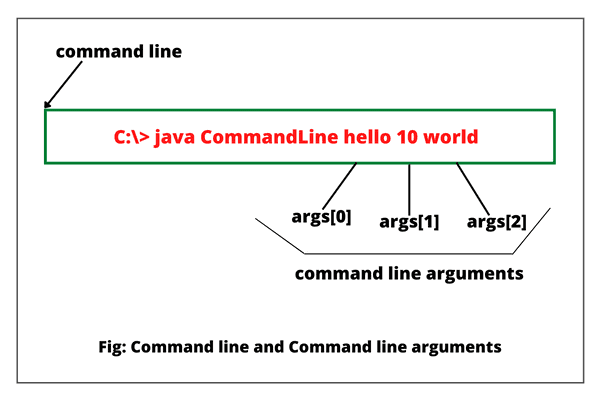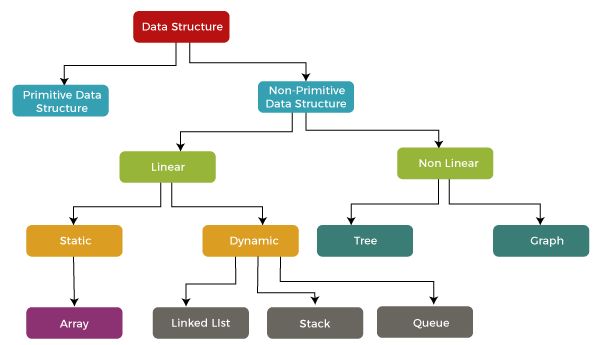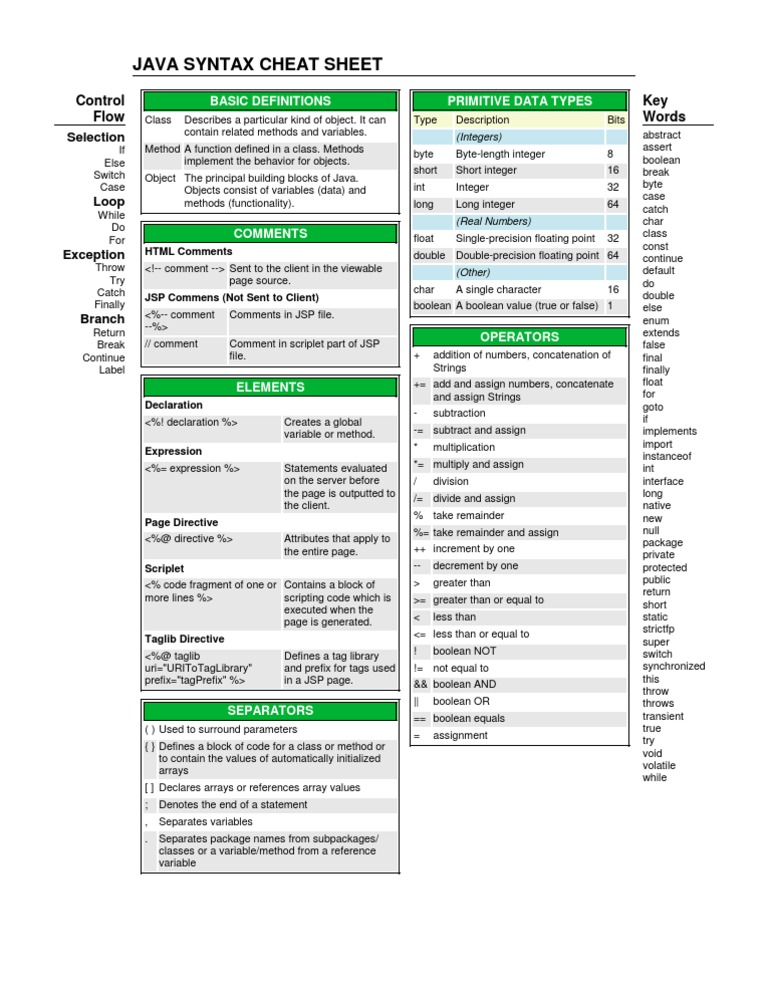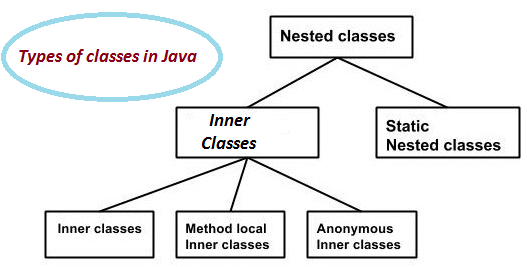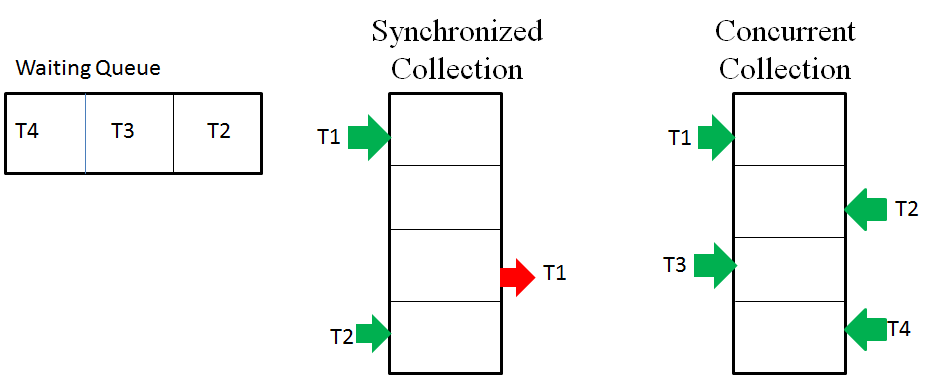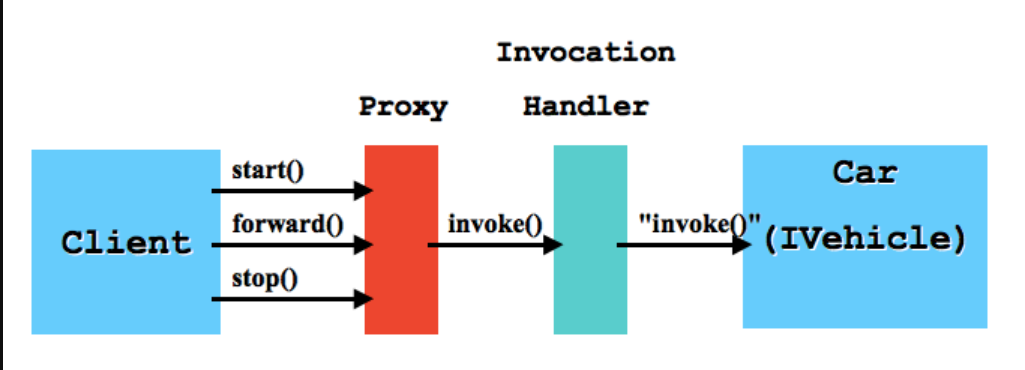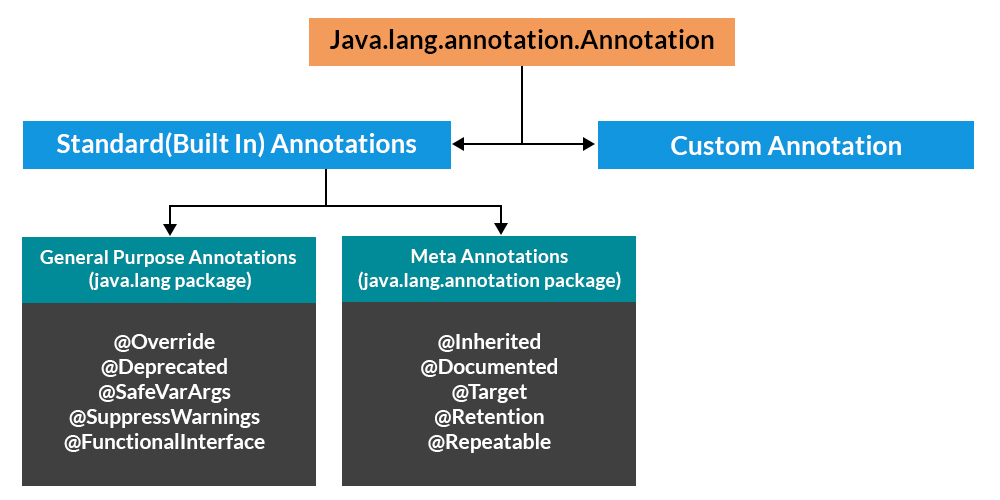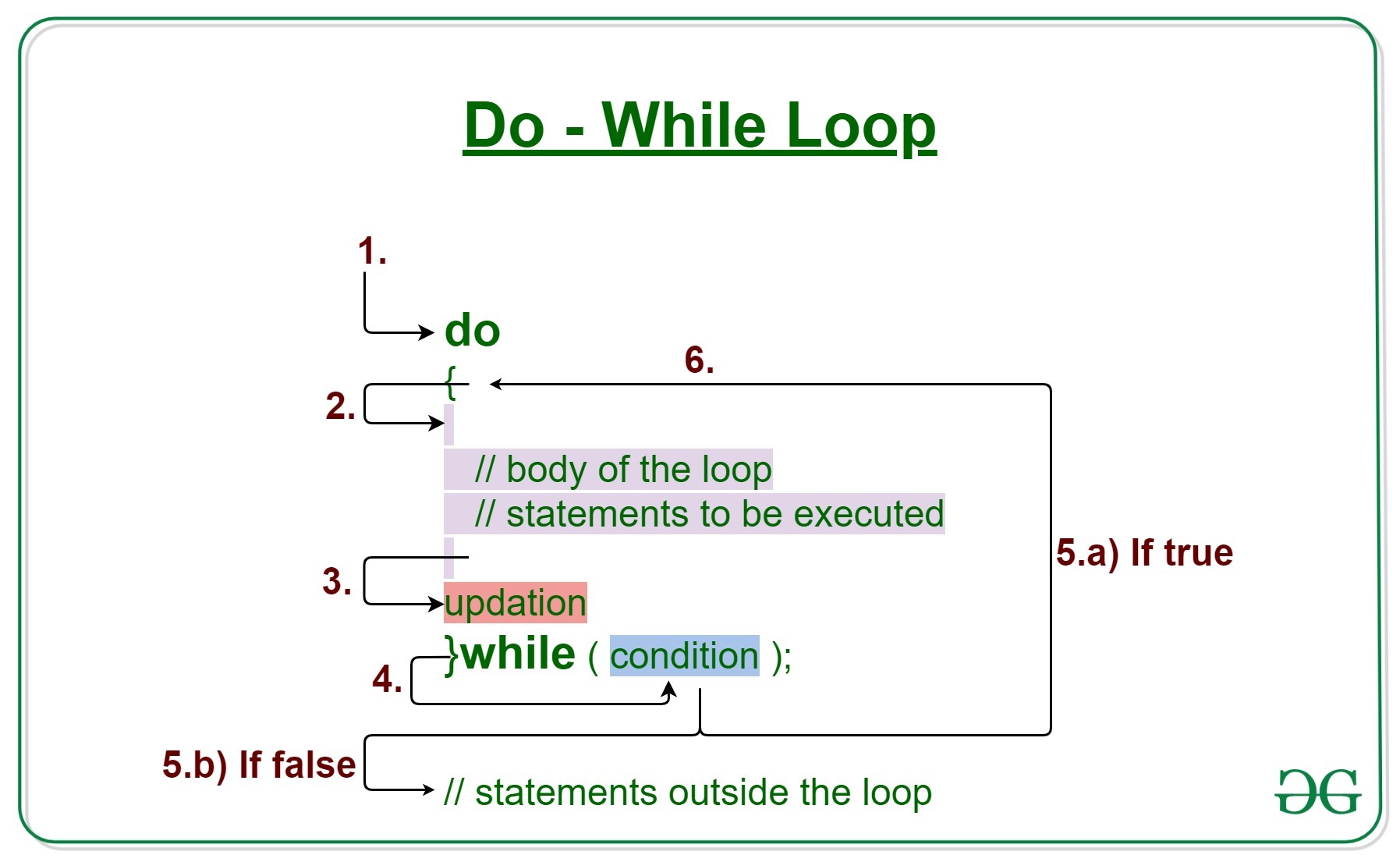Sort ArrayList of objects in Java using Comparator
Sort ArrayList of objects in Java using Comparator

Here's a comprehensive explanation of how to sort an ArrayList of objects in Java using a Comparator:
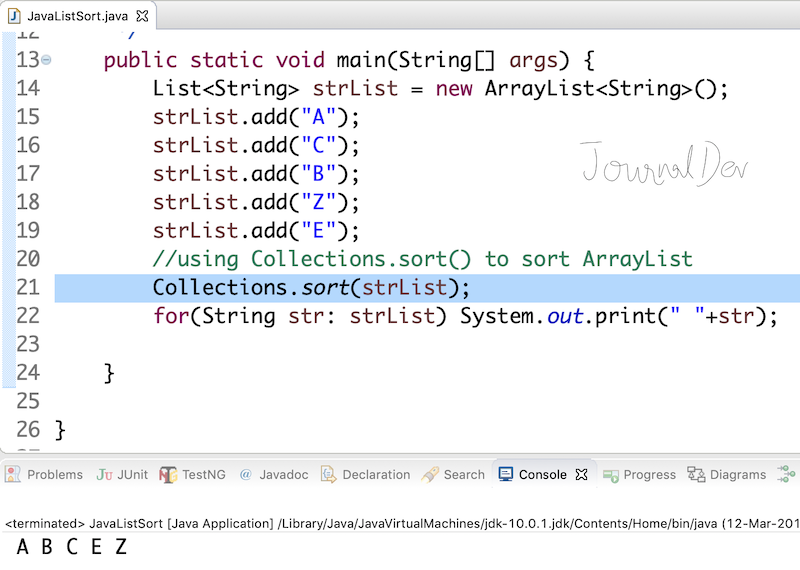
In Java, sorting is an essential part of programming. There are many ways to sort data in Java, including using the built-in sort methods provided by classes like Arrays and Collections. However, sometimes you may need to customize your sorting process based on specific requirements or criteria. That's where Comparators come in.
A Comparator is a class that defines how two objects can be compared for order. In other words, it specifies what makes one object "less than," "equal to," or "greater than" another object. You can create a custom Comparator by implementing the Comparable interface or extending the Comparator interface.

To use a Comparator with an ArrayList of objects in Java, you first need to define your Comparator class. Here's a basic example:
import java.util.Comparator;
public class PersonComparator implements Comparator {
@Override
public int compare(Person p1, Person p2) {
// For this example, let's say we want to sort based on the person's age
if (p1.getAge() < p2.getAge()) {
return -1;
} else if (p1.getAge().equals(p2.getAge())) {
return 0;
} else {
return 1;
}
}
}
In this example, our Comparator is comparing two Person objects based on their age. It returns a negative integer if the first person's age is less than the second person's age, zero if they are the same age, and a positive integer if the first person's age is greater than the second person's age.
Once you've defined your Comparator class, you can use it to sort an ArrayList of objects like this:
import java.util.ArrayList;
import java.util.Collections;
import java.util.Comparator;
public class Main {
public static void main(String[] args) {
// Create a list of Person objects
ArrayList people = new ArrayList<>();
people.add(new Person("John", 30));
people.add(new Person("Jane", 25));
people.add(new Person("Bob", 35));
// Create a custom Comparator for our Person objects
PersonComparator personComparator = new PersonComparator();
// Sort the list using our Comparator
Collections.sort(people, personComparator);
// Print out the sorted list
for (Person p : people) {
System.out.println(p.getName() + " - " + p.getAge());
}
}
}
In this example, we create a list of Person objects and then use our custom Comparator to sort that list. The output will be:
Jane - 25
John - 30
Bob - 35
As you can see, the list is sorted by age, with Jane being the youngest and Bob being the oldest.
This is just a basic example of how to use a Comparator in Java. You can customize your Comparator to suit your specific needs and requirements. For example, if you were sorting a list of people based on their names, you might want to make sure that uppercase letters come before lowercase letters, or vice versa.
In summary, using a Comparator is a powerful way to customize the sorting process in Java. By implementing your own Comparator class, you can define how objects should be compared and sorted based on specific criteria. This allows for more flexibility and control over the sorting process, which is especially useful when working with complex data structures or custom classes.
How to add objects to an ArrayList java
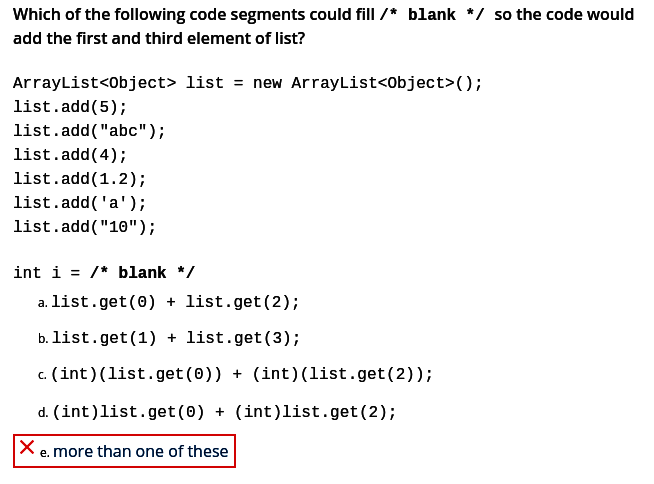
I'm happy to help! Here's the answer:

Adding objects to an ArrayList in Java is a fundamental task that you'll encounter frequently as a developer. An ArrayList is a resizable array-based collection implementation of List interface, which means it can dynamically grow or shrink based on your needs.
To add objects to an ArrayList, you can use several methods provided by the class. Here are some common ones:
add(E e): This is one of the most basic ways to add an object to an ArrayList. It takes a single argument of type E (which is the type of the elements in your list), and it adds that element to the end of the list.
Example:
import java.util.ArrayList;
public class Main {
public static void main(String[] args) {
ArrayList myArrayList = new ArrayList<>();
myArrayList.add("Hello");
myArrayList.add("World");
System.out.println(myArrayList);
}
}
Output: [Hello, World]
Example:
import java.util.ArrayList;
public class Main {
public static void main(String[] args) {
ArrayList myArrayList = new ArrayList<>();
myArrayList.add("Hello");
myArrayList.add(1, "World");
System.out.println(myArrayList);
}
}
Output: [Hello, World]
Example:
import java.util.ArrayList;
import java.util.List;
public class Main {
public static void main(String[] args) {
List anotherArrayList = new ArrayList<>();
anotherArrayList.add("A");
anotherArrayList.add("B");
ArrayList myArrayList = new ArrayList<>();
myArrayList.addAll(1, anotherArrayList);
System.out.println(myArrayList);
}
}
Output: [Hello, A, B]
Example:
import java.util.ArrayList;
public class Main {
public static void main(String[] args) {
ArrayList myArrayList = new ArrayList<>();
myArrayList.add("Hello");
myArrayList.set(0, "Goodbye");
System.out.println(myArrayList);
}
}
Output: [Goodbye]
In addition to these methods, you can also use the ensureCapacity(int minCapacity) method to ensure that your list has enough capacity (i.e., space) before adding elements. This is particularly useful when you're working with large datasets and want to optimize performance.
Remember, it's essential to understand how these methods work and their implications on your data, especially if you're dealing with complex data structures or concurrent operations.
